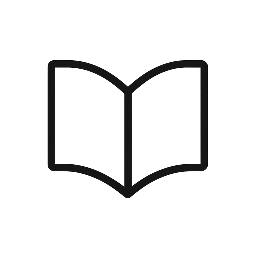ACTIVITY: HUMAN VISION
Watch the video at
http://fod.infobase.com.db22.linccweb.org/p_ViewPlaylist.aspx?AssignmentID=TS
L4TE
Use the information in the video to answer the following questions. Edit this
document, inserting your answers, and upload it to the appropriate dropbox.
1. What shape of lens is a human cornea?
a.
2. What is the function of the iris? What part of the eye that we see in
others is the iris?
a.
3. What is the name of the fluid in the eye? What is its function?
a.
4. What cells are responsible for sensing color? How are different types of
these cells different?
a.
5. Is the image formed by the eye upright or inverted? How must this image
be processed?
a.
6. What allows the eye to focus? Explain by referring to the specific
biological processes in play.
a.
7. How does the lens change to see something far away? To see something
close?
a.
8. What limit is caused by the fact that the eye cannot change to any
possible shape? Why?
a.
9. Why cant the lens of a nearsighted (short-sighted) person focus on
a faraway object. Be specific: what is the problem that the lens has
that prevents this?
a.
10. What type of lens corrects nearsightedness? Explain how this
works.
a.
11. Why cant the lens of a farsighted (long-sighted) person
focus on a nearby object. Be specific: what is the problem that the lens
has that prevents this?
a.
12. What type of lens corrects farsightedness? Explain how this works.
a.
13. Explain what happens to the lens as someone ages which makes
people tend to become farsighted as they age.
Critical Thinking: Assume that you have perfect vision.
14. If you were given a pair of glasses, what simple test could you
perform to see if they correct nearsightedness?
a.
15. If you were given a pair of glasses, what simple test could you
perform to see if they correct farsightedness?
b.

Leave a Reply